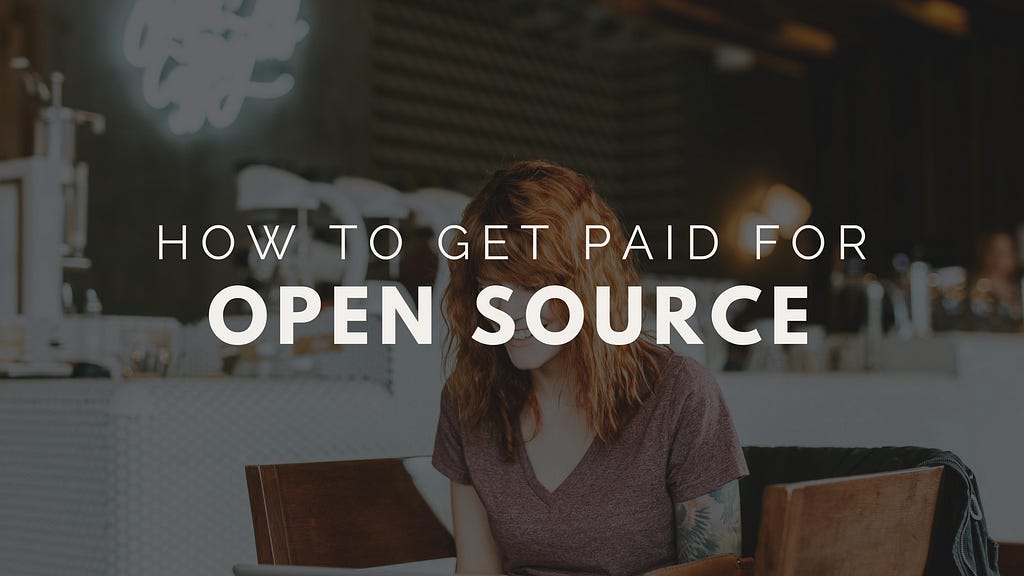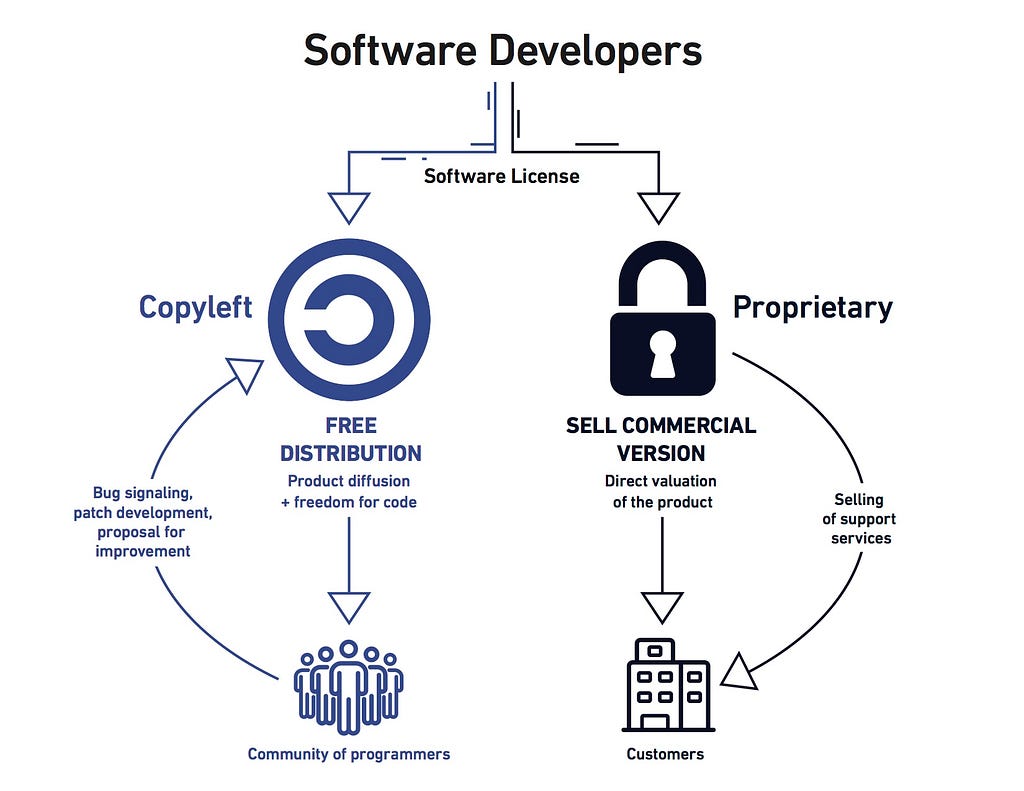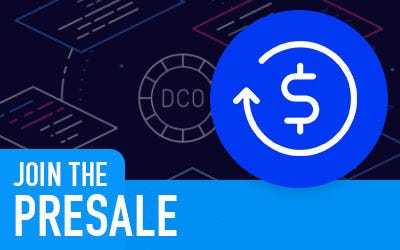Latest news about Bitcoin and all cryptocurrencies. Your daily crypto news habit.
 Is she smiling due to her new morally sound and passive income stream?
Is she smiling due to her new morally sound and passive income stream?A Quick Primer on Software Licenses
The motivation behind publishing open source software can vary wildly from deep moral convictions to lower costs of ownership and many more. While each person or company may contribute to open source software for their own reasons, any pragmatic understanding of open source requires an understanding of software copyright and licensing.
When you create software, you are the copyright holder of that software and can dictate how your code can or can not be used. The way to let everyone else know how your code can be used is via the license that’s applied to the code. In general, there are three types of licenses: Permissive, Copyleft, and Proprietary.
Permissive licenses (e.g MIT, Apache) impose very minimal restrictions on how code can be used. Often, attribution is the only thing that separates code with a permissive license from code that exists in the public domain. Entities who use permissive code have no obligation to open source their codebase or publish any bug fixes. The code itself is not assigned any viral rights that flow down to derivative work.
Copyleft licenses (e.g GPL) are reciprocal which means that anyone who uses copyleft code has to make their code open, free, and also copyleft. Therefore, the initial copyright holder, and everyone using the code, will be able to take advantage of any bug fixes and improvements. When you publish your code under a copyleft license, you are making it free (as in freedom, not beer) and giving the code it’s own self-determining independence. Copyleft code has rights of its own (that you grant) and for this reason is considered to be the most morally sound and a macroeconomically efficient.
Proprietary licenses are used when the initial copyright holder wants to retain more rights to their code. Copyright holders can sell proprietary licenses in order let entities use the code in closed source environments. These licenses can have variety of attributes (e.g.perpetual, per user, time bound).
How to Get Paid for Open Source via Dual-Licensing
It’s possible for the same piece of software be obtained under two different software licenses. This is called dual-licensing. At Deconet, we view dual licensing under a Copyleft license and a proprietary license as the most sound. This means that you, the copyright holder of the code, can release software to the public under a free software license, then let customers pay for permission to use the same code under different terms, for instance allowing its inclusion in proprietary applications. It’s an elegant solution that Richard Stallman says is ‘not evil’ and can get you paid for open source software assets.
 Dual-licensing describes a situation where the same piece of software can be obtained under two different software licenses
Dual-licensing describes a situation where the same piece of software can be obtained under two different software licenses
Deconet is a a decentralized marketplace for code that provides developers a turn key dual licensing platform. All proprietary license purchases are peer to peer with the license transaction details logged to the immutable Ethereum blockchain. Additionally, by putting Contributor License Agreements on blockchain, Deconet enables multiple contributors on a given project to collaborate while maintaining the ability to get paid.
Here’s how to buy and sell a proprietary license on Deco.Network:
Over the past few decades open source has evolved from a hobbyist pursuit to the backbone of the world’s digital infrastructure. At Deconet, we’re dedicated to the future of sustainable open source and looking forward to supporting you!
How to Get Paid for Open Source was originally published in Hacker Noon on Medium, where people are continuing the conversation by highlighting and responding to this story.
Disclaimer
The views and opinions expressed in this article are solely those of the authors and do not reflect the views of Bitcoin Insider. Every investment and trading move involves risk - this is especially true for cryptocurrencies given their volatility. We strongly advise our readers to conduct their own research when making a decision.



